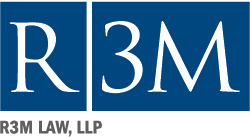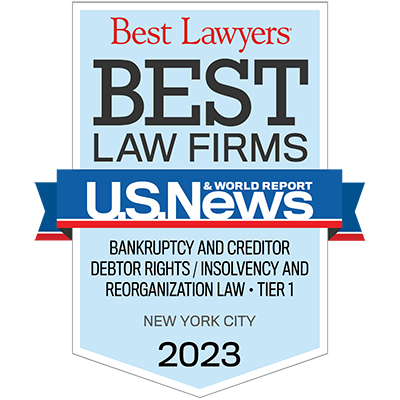When a business is facing a mountain of debt, it may file for bankruptcy. But what type of bankruptcy it files for depends greatly on the business type, the particular situation and what the business plans to do in the future. Having said that, there are three main bankruptcy forms for businesses.
The first is a Chapter 7 bankruptcy. This means that the company will be liquidated, and it usually means the end of the business in its current form. Companies that file for Chapter 7 bankruptcy often face debt so immense that they can’t realistically escape it, or they lack significant assets.
Another common form is Chapter 13 bankruptcy. For a Chapter 13, the company has to be a sole proprietorship – in other words, an extension of the individual owner – because Chapter 13 is usually reserved for individual wage earners, and there are debt limits. This form of bankruptcy usually sees the individual restructure his or her debt and come up with (and stick to) a repayment plan.
Last but not least is Chapter 11 bankruptcy. This one is known as the “business reorganization” bankruptcy. Companies that file for Chapter 11 often see themselves as having a future (and may exceed the debt limits in Chapter 13), so they reorganize their business and clear out some debts to facilitate that future, maybe under new ownership or under a new name. Creditors get to vote on the reorganization plan that the company puts forth in a Chapter 11 bankruptcy to ensure it is acceptable. Ultimately, a judge has to approve the plan.
Source: The Balance, “What is Business Bankruptcy?,” Rosemary Peavler, June 15, 2016




